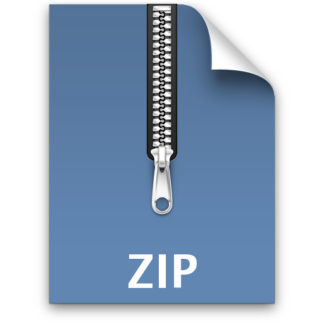Description
CS 561 Programming Assignment 2
Objectives:
• You will continue with evaluating simple report queries and produce the output. As with the assignment #1, you will also express the queries in SQL. The reports below are similar in nature with the reports from the assignment #1; however, there are two main differences between the two: (1) the new reports will require aggregation “outside” the groups (in assignment #1, all of the aggregates were computed for the rows within the groups); (2) some of the aggregates in the new reports will be computed based on other aggregates of the same reports – they are known as “dependent aggregates”.
Description:
• Generate reports based on the following queries:
1. For each product and month, count the number of sales transactions that were between the previous and the following month’s average sales quantities. For January and December, display or 0.
2. For customer and product, show the average sales before, during and after each month (e.g., for February, show average sales of January and March. For “before” January and “after” December, display . The “YEAR” attribute is not considered for this query – for example, both January of 2007 and January of 2008 are considered January regardless of the year.
3. For each customer, product and state combination, compute (1) the product’s average sale of this customer for the state (i.e., the simple AVG for the group-by attributes – this is the easy part), (2) the average sale of the product and the state but for all of the other customers and (3) the customer’s average sale for the given state, but for all of the other products.
4. For customer and product, find the month by which time, 1/3 of the sales quantities have been purchased. Again, for this query, the “YEAR” attribute is not considered. Another way to view this problem (as in problem #2 above) is to pretend all 500 rows of sales data are from the same year. The following are sample report output (NOTE: the numbers shown below are not the actual aggregate values. You can write simple SQL queries to find the actual aggregate values).
You are only allowed to standard SQL syntax covered in class – do not use any other functions other than the 5 aggregate functions (sum, count, avg, max & min); and use only simple syntax of ‘agg(x)’ – i.e., do not use features such as CASE statement inside (such features hide implicit JOINs).
Report #1:
PRODUCT MONTH SALES_COUNT_BETWEEN_AVGS ======= ===== ======================== Cookies 1 Yogurt 3 19 . . . . CS 561 Page 2 of 2 Database Management Systems I Spring 2020 Report #2: CUSTOMER PRODUCT MONTH BEFORE_AVG DURING_AVG AFTER_AVG ======== ======= ===== ========== ========== ========= Bloom Coke 1 1539 2434 Sam Eggs 3 254 539 325 . . . .
Report #3: CUSTOMER PRODUCT STATE PROD_AVG OTHER_CUST_AVG OTHER_PROD_AVG ======== ======= ===== ======== ============== ============== Helen Bread NY 243 268 1493 Emily Milk NJ 1426 478 926 . . . . Report #4: CUSTOMER PRODUCT 1/3 PURCHASED BY MONTH ======== ======= ====================== Emily Butter 2 Bloom Soap 3 . . . .
Grading:
NOTE: A query with syntax errors will lose 50% of the points for the query. Submission: Submit all of the queries in a single TXT file – do NOT submit separate files for the queries or a ZIP file. Please don’t forget to include your name and CWID, and include a “README” section in the file if any special instructions are required. I encourage you to discuss the “ideas” with your TAs (rather than your classmates, esp, if you have any specific questions), but the final queries must be your own work.
If I determine that your queries are copies of someone else’s, both you and that someone else will be disciplined (you will receive 0 for the entire assignment) and possibly receive additional penalties for the course.




